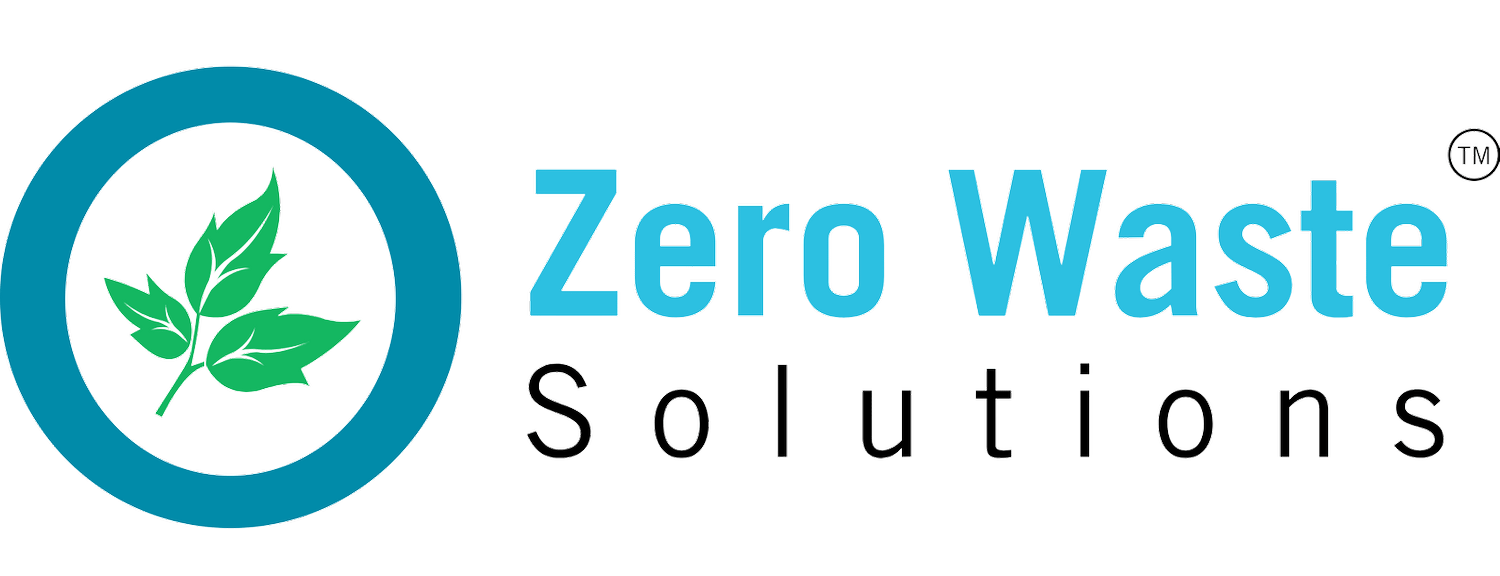Sustainable Structures
How the U.S. is Advancing Building Technology
Awkward fluorescent lighting, stale colored walls with flimsy ceilings, and the most monotone aesthetic known to be created: if you pictured your corporate built environment, you are correct. For employees that work in an office, they will experience this setting for 8 hours for a good amount of their lives. Isn't it time companies create a space that is not only inviting, but saves on electricity, water, and waste?
Being situated in those four-walled structures may have had very little thought on how it interacted with the outside environment and why it should matter to think about how it does. That brings us to the main player behind making buildings into less of a linear system: the US Green Building Council. With the rise of environmentalism in the 1970s and subsequently our first Earth Day, came a solution to what we call “LEED”. This acronym stands for Leadership in Energy and Environmental Design, which the non-profit coined that can also be interpreted as “leading” efforts to become more adept to the changing globe. Being LEED certified is a global recognition of steps taken to improve the built and non-built environment. The United States pushes itself to be strong and innovative, and the creation of an official system is widely praised.
So began the start of ways the USA grew its aim to become more carbon neutral with LEED when in 1998 the first version was finalized and subsequently after with feedback and advances in technology was version 2.0. There are four levels for which these buildings are given certification, based on a point system accumulation:
● Certified– 40 to 49 points
● Silver– 50 to 59 points
● Gold– 60 to 79 points
● Platinum– 80 points or above
Where are some LEED-certified buildings that you may not know of, driving through California? De Anza College in Cupertino opened up the Kirsch Center for Environmental Studies in 2005 and was the first community college building in the nation that was registered as Platinum certified. Stanford University’s Yang and Yamazaki Environment and Energy building was also noted at a Platinum rating in 2013. For many commuters, they would be surprised to find out that the San Bernardino Transit Center was labeled Gold in 2009.
The facts are that improving upon the built environment will reap rewards in the long run. It improves the environmental impact by utilizing lower water, energy, and waste production, and being more mindful of the physical ground that a building is created on. Work with the earth, not against it.
Buildings that are sustainably made improve human health and well-being. Going back to the first opening words, a massive shift in the way a building affects us physically and emotionally can be shown when you compare working in a space that lacks natural light and creativity versus one that does. 2020 and the rise of remote work will be a testament to that.
Finally, the real reason companies, institutions, and people will be involved in LEED, is the cost savings. It must make sense financially when decisions are made. So let’s throw out some numbers: the US Green Building Council reports 20% lower maintenance costs and a 10% decrease in operational costs annually. That makes stakeholders, shareholders, and a CEO very pleased. For the icing on the cake, LEED-certified structures can contribute to the U.N.’s Sustainable Development Goals for countries.
For the three above reasons, having a growing amount of buildings in the United States become more sustainable makes the effort worthwhile. What is ahead? LEED V5 improves upon building design/construction, interior design/construction, and operations/maintenance. With the three remaining categories of neighborhood development, homes, and cities to become LEED certified, much can be done. We think about ways to improve test scores in our universities, increase revenue in a business, and attract buyers for new homes, but the answer lies in the noun itself; the building.
